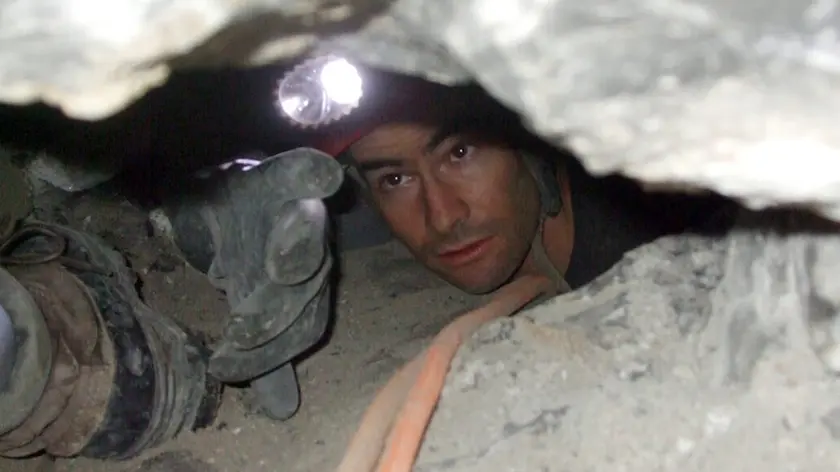T4K3.news
Rescuer explains why he could not save John Edward Jones
A last rescuer describes why the Nutty Putty Cave rescue could not succeed and how the victim died after 27 hours of effort.

A final rescuer reveals the impossible odds that blocked the Nutty Putty Cave rescue in 2009.
Rescuer explains why he could not save John Edward Jones in Nutty Putty Cave
Nutty Putty Cave near Utah Lake drew cavers and scouts for decades before a fatal entrapment in 2009 led to its sealing. John Edward Jones, a 26 year old medical student, entered a narrow passage in the Birth Canal area and became stuck headfirst in a 10 by 18 inch opening. He was trapped for 27 hours as rescuers worked in a dark, cramped space, but his condition deteriorated and he could not be freed. Officials sealed the cave with explosives to prevent future accidents and Jones’s body has never been recovered. The site now serves as a memorial, and the episode helped inspire the 2016 film The Last Descent.
Brandon Kowallis, one of the last rescuers on site, offered a new account in 2024 that helps explain why the effort could not succeed. He described Jones as rapidly slipping into unconsciousness and recounted seeing signs that he was declining, including talks about angels and demons. Kowallis noted that Jones’s legs were twitching and he was taking gurgling breaths, suggesting fluid in the lungs. He estimated that moving a 210-pound unconscious person through the tight passages would be nearly impossible. After hours of rock chipping, the team concluded that extraction could take days, and the decision to pause was made while the family offered encouragement by radio. The rescue never resumed, and Jones was pronounced dead as the cave was left as a memorial.
Key Takeaways
"Getting a 210 pound unconscious person out seemed pretty much impossible."
Kowallis described the physical challenge of extraction.
"He was in and out of consciousness and had started talking about seeing angels and demons around him."
Direct account of Jones' condition during the rescue.
"We needed to get back to working at getting him out."
Kowallis recalls the pause in the rescue.
This account reframes a well known tragedy as a study in the limits of rescue under extreme geometry. It shows how even with courage and modern gear, some hazards overwhelm human effort when space is narrow and the body is no longer cooperative. The story raises questions about how much risk is acceptable at adventure sites and who bears responsibility for communicating danger to visitors. It also highlights the pull of memory in a community, turning a perilous place into a somber landmark and a cautionary tale for future explorers. The Last Descent framed the episode as cultural memory as much as a cautionary tale, reminding readers that fascination with danger must be matched by vigilance and safety.
Highlights
- Getting a 210 pound unconscious person out seemed pretty much impossible
- He was in and out of consciousness and saw angels and demons around him
- Odds were grim even with full strength
Potential sensitivity around a historic accident and memorial
The piece involves a fatal accident at a popular adventure site and ongoing memory work, which can provoke public reaction and safety policy discussions. Reporting should handle the tragedy with care to avoid sensationalism while informing readers about safety considerations.
Memory should guide safety without glamorizing danger.
Enjoyed this? Let your friends know!
Related News

Nutty Putty tragedy linked to unsafe rescue efforts

Final radio call from Nutty Putty Cave shows the last words of a family

Championship opener features Birmingham vs Ipswich

Broncos Training Camp Day 2 Highlights Released

Knibbs seals stoppage time win for Charlton

Toronto Film Festival Announces 2025 Lineup

Prince Andrew and Sarah Ferguson's marriage complexities revealed

Caravan buyers face hidden costs and financial distress
